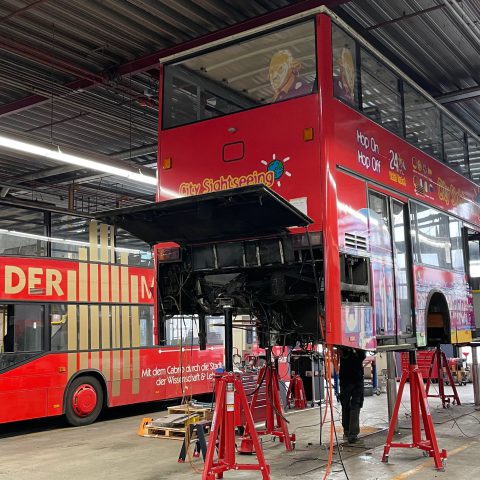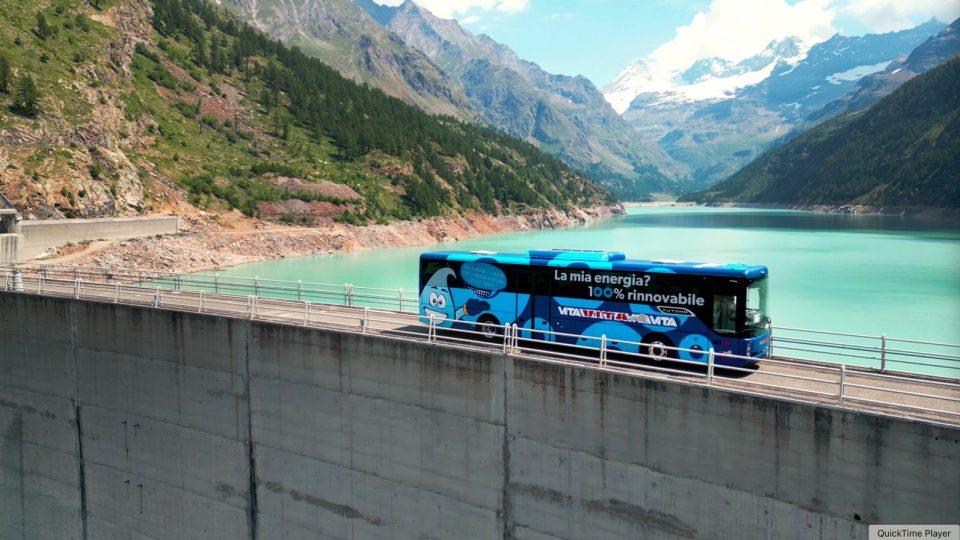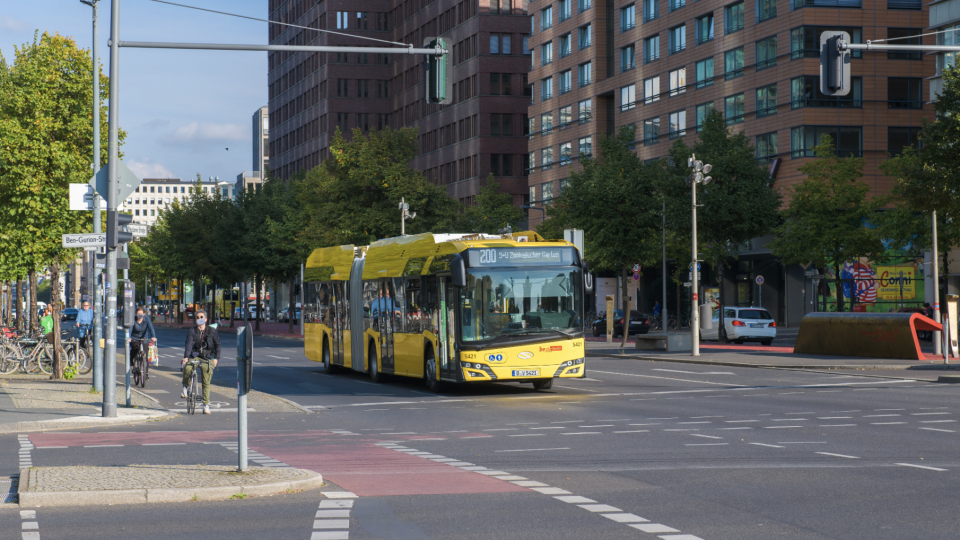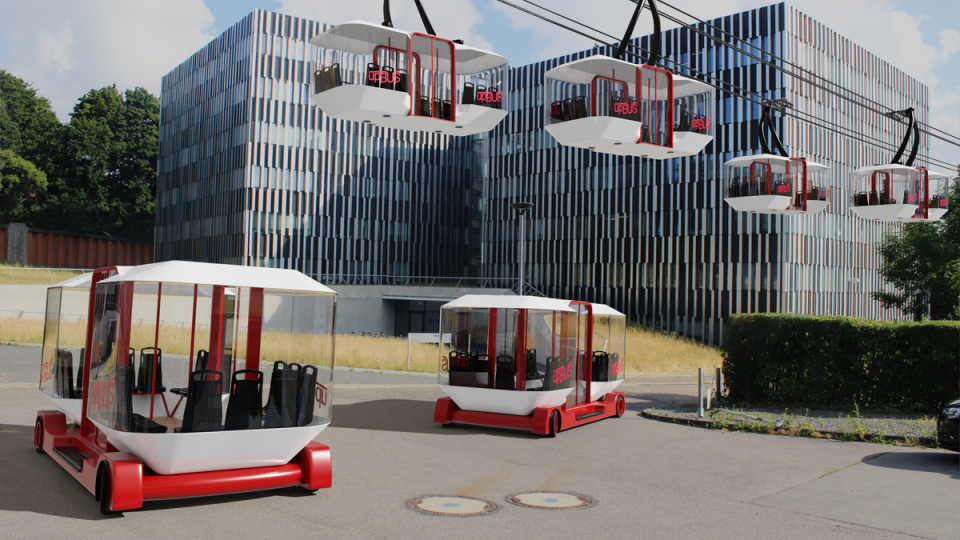Saietta steps up efforts on retrofitting buses with battery-electric powertrains (through RetroMotion division)
UK-based e-mobility powertrain specialist Saietta steps up the efforts of its RetroMotion division, with the goal of intensifying an overhaul operation to transform existing high polluting diesel-engine-powered buses and coaches into battery-electric vehicles (through in-wheel electric motor in-house technology and LFP batteries). The market of bus retrofitting (with goal of converting vehicles to zero emission […]

UK-based e-mobility powertrain specialist Saietta steps up the efforts of its RetroMotion division, with the goal of intensifying an overhaul operation to transform existing high polluting diesel-engine-powered buses and coaches into battery-electric vehicles (through in-wheel electric motor in-house technology and LFP batteries).
The market of bus retrofitting (with goal of converting vehicles to zero emission technologies) is already populated by various players. Kleanbus started activities in the UK last year. The French Greemot is already active (the country has recognized the retrofit from ICE to electric-powered vehicles). German pepper motion (formerly known as e-troFit) has been one of the first company launching its offer in this segment, based on a cooperation with ZF and Voltabox concerning drivetrain and batteries respectively.
Saietta RetroMotion division: focus on bus retrofit
Through the RetroMotion division, “Saietta is equipped with the technical expertise, engineering experience and state-of-the-art propulsion systems and software to offer fleet operators an economical, effective and optimal solution to ‘electrify’ existing buses and coaches”, the company says. And adds: “A real-world zero-emissions driving range of up to 350kms is possible with the all-electric retrofit powertrain, depending on individual specification, application and vehicle size”.
By working with the RetroMotion engineering team, bus and coach service providers can revitalise their aging, polluting diesel-based fleet to a retrofit propulsion solution that is modern, all-electric, clean, silent-running and sustainable.
Saietta transforming diesel buses into e-buses
RetroMotion’s strategy is part of Saietta’s wider plans to ensure densely populated city centres become cleaner, greener and quieter living spaces.
Delivery of the company’s first-gen e-axles to customers commenced in 2009, Saietta recalls. Since then, RetroMotion has developed a high-tech second-generation e-axle and e-powertrain solution. In real-world bus applications running in European cities, the RetroMotion electrification tech package – both gen-one and gen-two developments – has proved impressive reliability and durability attributes, having accumulated in total 3.2 million kilometres on-road usage so far.
Bus retrofit with in-wheel electric motors
The service offered by Saietta is seamless, combining mechanical, electrical and software integration with an advanced drivetrain that has been developed and packaged in-house by the RetroMotion team.
The powertrain conversion replaces the aging diesel ICE and all its associated components, including the gearbox, with an advanced e-propulsion system. This means that an in-wheel electric motor technology is applied to the rear wheels of the coach or bus.
A twin-tire solution with front mounted rims is used as part of the re-design to ensure the in-wheel motors fit seamlessly to the existing application. Critical systems such as the high-power inverter and motor components like the stator and rotor with permanent magnets are also installed as part of the transformation.
The electric motors and e-platform, branded TheWheel and TheMotion 2.0, have been designed in-house. Peak torque of up to 20,000Nm is possible with a 94% real-world efficiency level being realized from battery to wheel, Saietta says.
The elimination of a gearbox that was once mated to the diesel ICE means that in the new all-electric powertrain setup, no energy is consumed by having to go through the gears or using a differential, further boosting real-world efficiency.
LFP batteries in converted e-buses by Saietta
The Lithium-iron Phosphate (LFP) battery pack is available in a range of power outputs to suit differing requirements, varying from 181kWh to 422kWh. The transformation from an aging diesel-powered coach or bus to a modern all-electric mobility vehicle also sees the integration of Saietta’s vehicle energy manager and body control module systems; Saietta’s high-voltage power distribution unit; a battery management system and battery thermal management system; high-voltage inverters; and auxiliaries such as air compressors and the power steering system that has been upgraded to be electrically operated.
The RetroMotion team also installs a charging communication ECU; a charging system and CCS charging socket.
Saietta underlines that both passenger and luggage capacity are minimally affected by the switchover.
A new visually engaging driver display unit has also been designed to further facilitate the transformation to all-electric operation, providing the driver with clear and coherent data relating to the drivetrain, including real-time battery status. The driver display unit is available in three sizes: 5-, 7- or 10-inch displays.
Saietta: bus retrofit for “democratizing sustainable transportation”
“Saietta Group prides itself on being at the vanguard of e-mobility propulsion with the aim of democratizing clean sustainable transportation around the globe and within every sector, from two-wheel scooters to compact passenger cars and right through to bus, coach and heavy goods vehicles,” said Wicher Kist, chief executive officer at Saietta. He adds: “But we also understand that such important yet dramatic change – effectively replacing outdated internal combustion engines (ICEs) with new battery electric powertrains – can’t be successfully achieved overnight. That’s why we are stepping up the efforts of our RetroMotion engineering division. We want to give coach and bus operators an opportunity to transform their aging and polluting fleet into a green mobility service that’s modern and clean.
Still mr Kist: “RetroMotion’s services mean fleet operators don’t have to make sudden and huge outlays on all-new electric vehicles. These important investments can be done incrementally thanks to the possibility of upgrading and extending the lifespan of existing buses and coaches, in the process also meeting upcoming tough legislation.”








